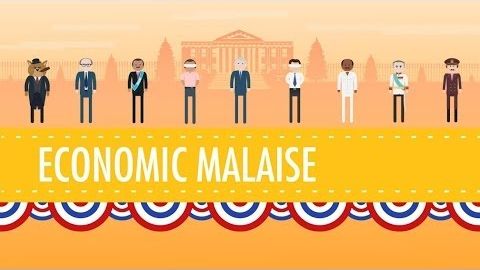
字幕と単語
フォード、カーター、そして経済危機。クラッシュ・コース アメリカの歴史 #42 (Ford, Carter, and the Economic Malaise: Crash Course US History #42)
00
Jane が 2021 年 01 月 14 日 に投稿保存
動画の中の単語
lead
US /lid/
・
UK /li:d/
- n. (c./u.)(電気の)リード線;手がかり : 糸口;(映画 : 演劇の)主要部分 : 中心部;鉛;ひも : 鎖 : リード;(競争の)先頭 : 首位 : 優勢
- adj.(映画や演劇などの)主役の
- v.t.導く;(競争 : 勝負で)リードする : 先頭に立つ
- v.t./i.導く
A1 初級TOEIC
もっと見る エネルギーを使用
すべての単語を解除
発音・解説・フィルター機能を解除
